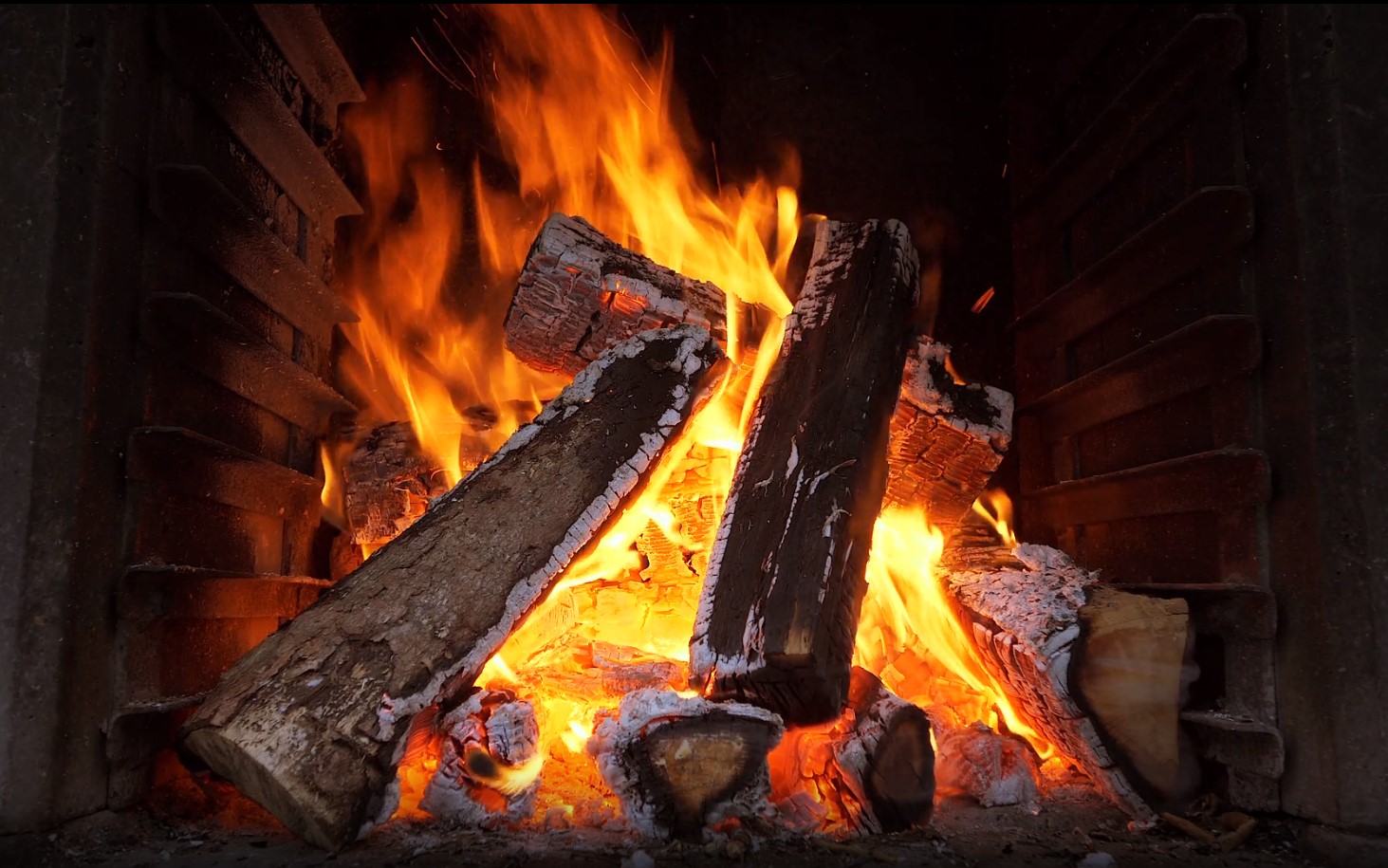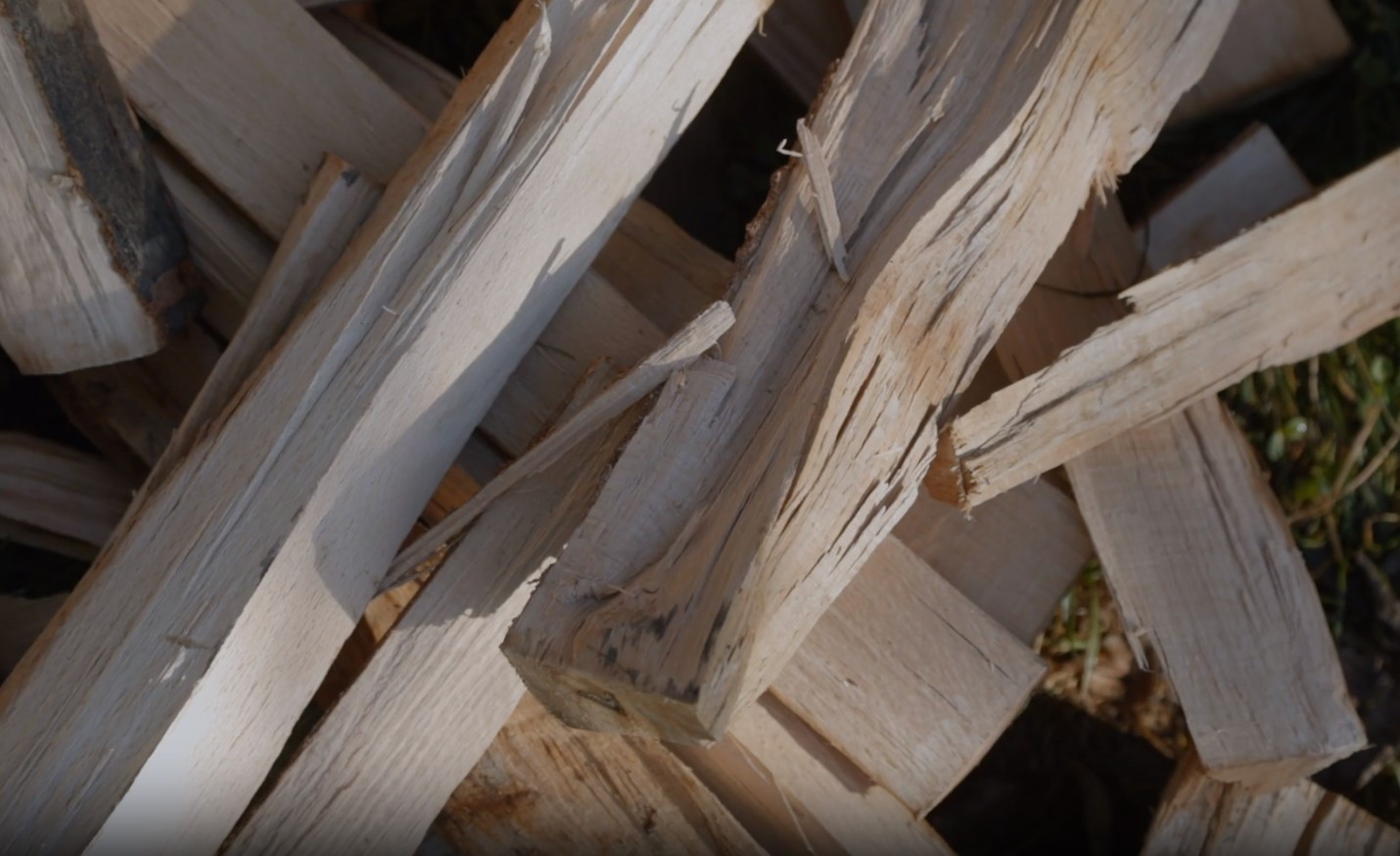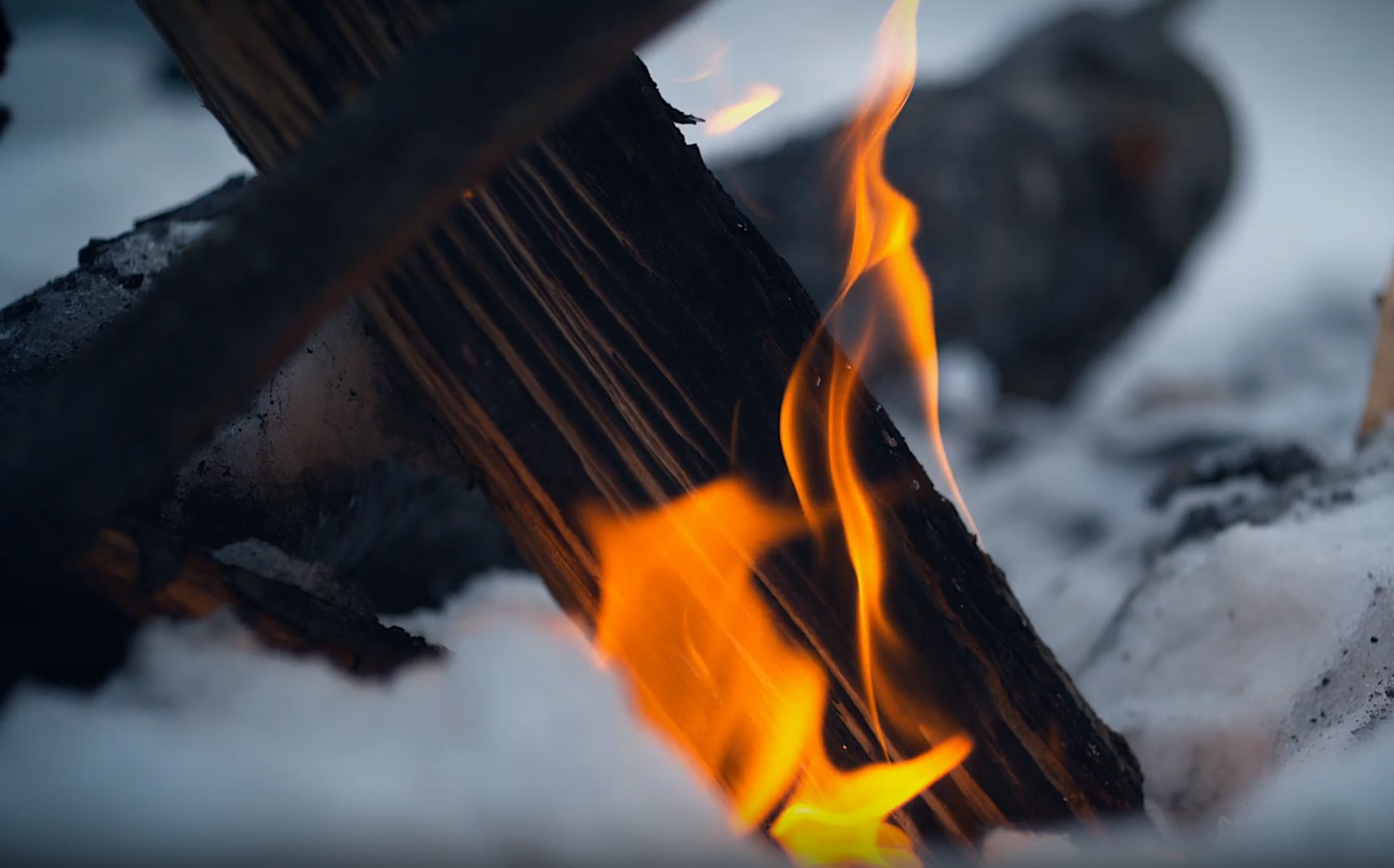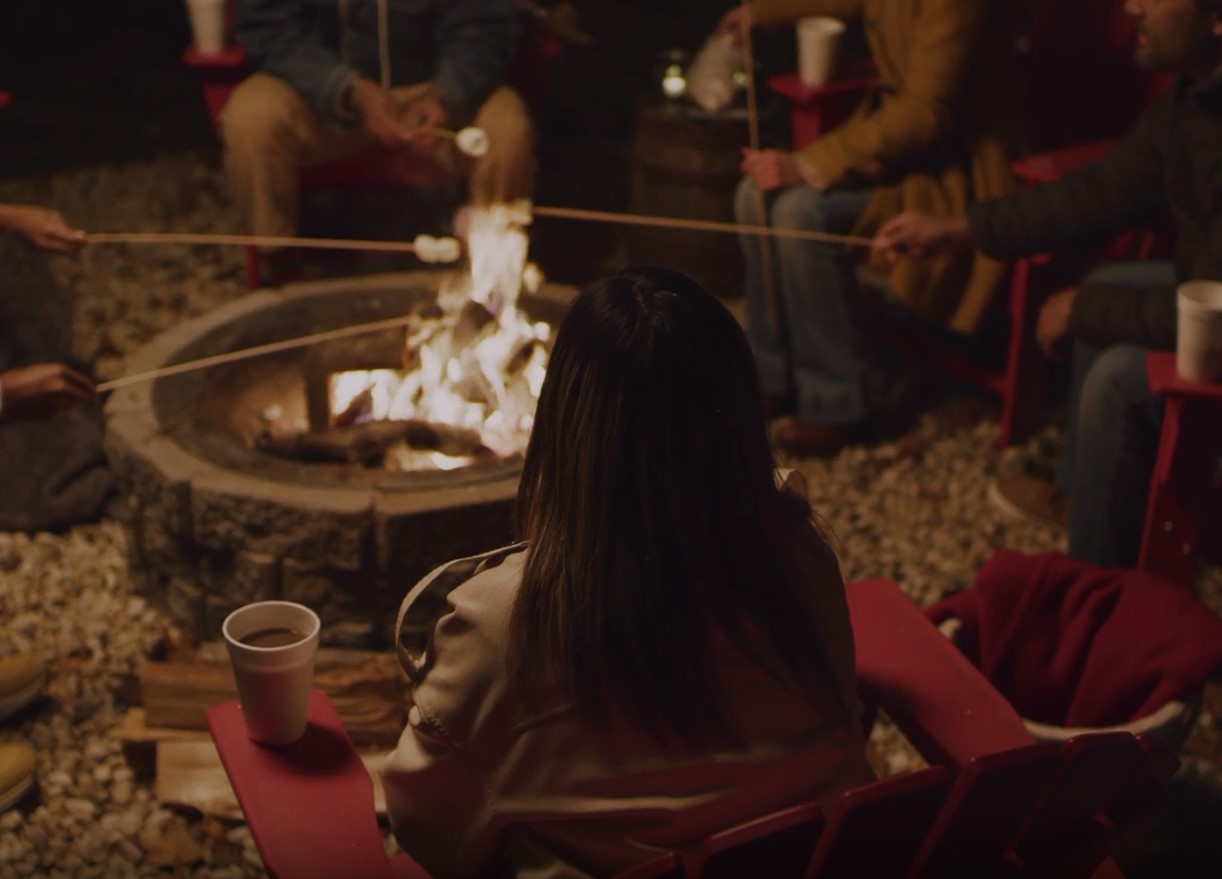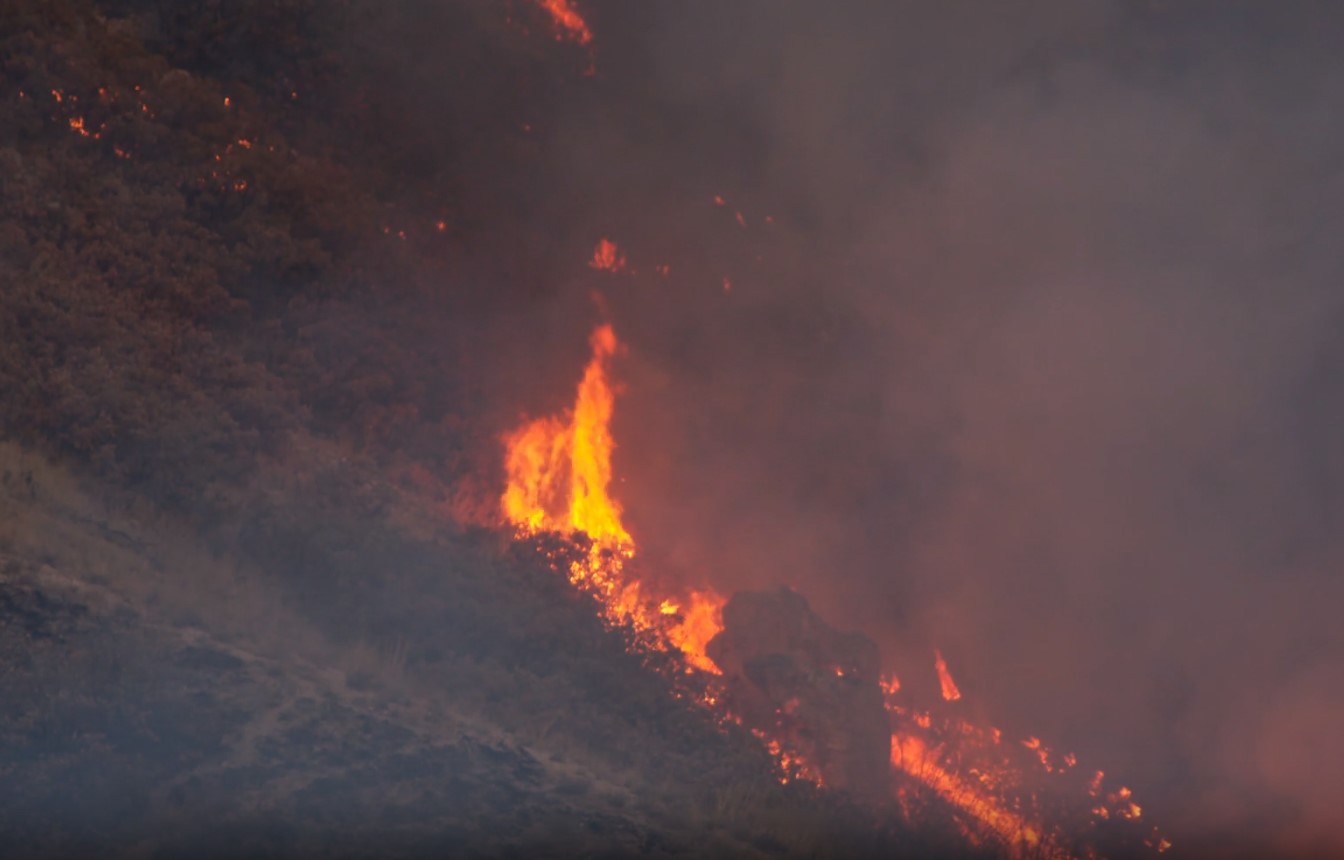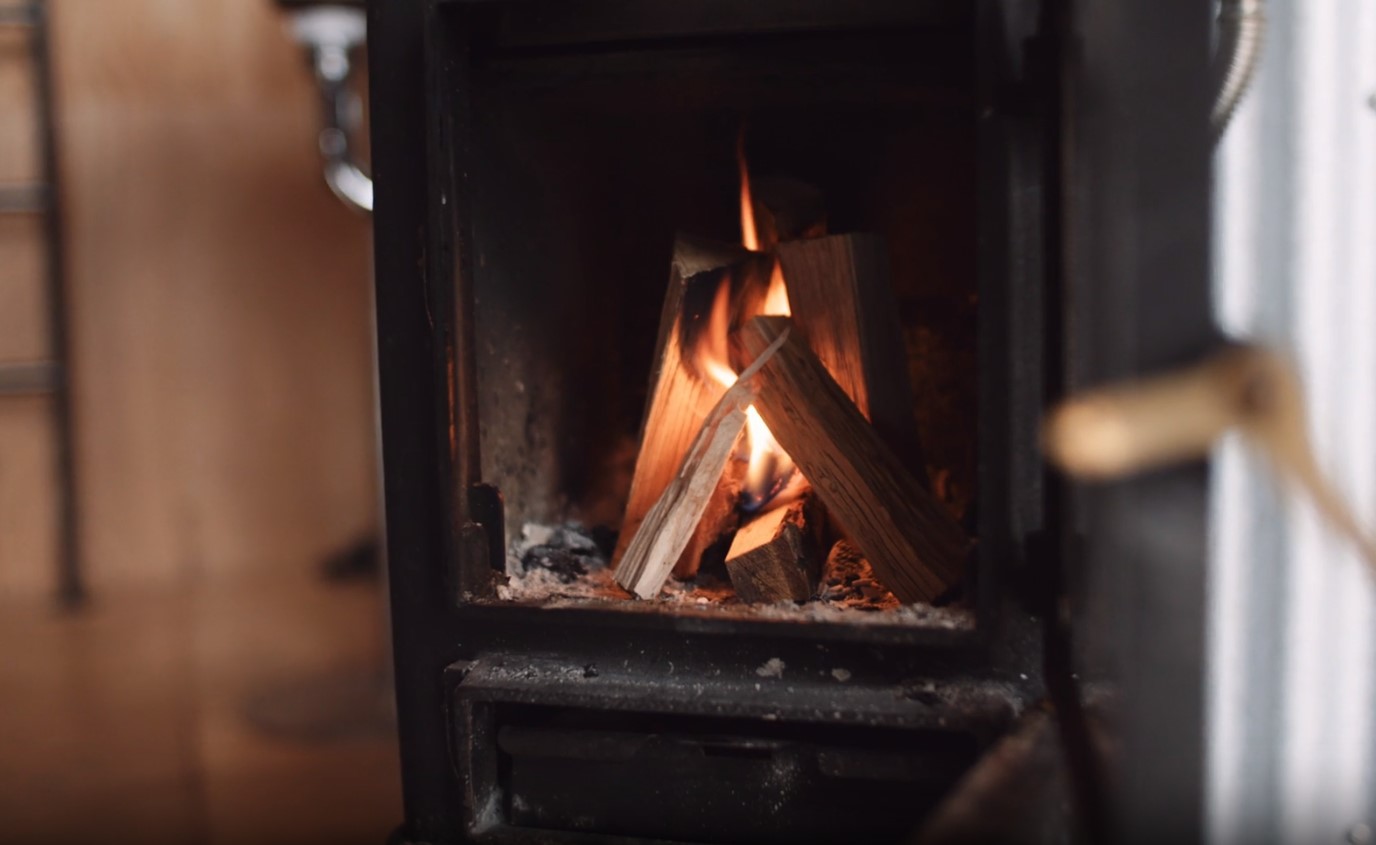Surprisingly, wood fires can reach temperatures up to 2,000 degrees Fahrenheit. This might seem incredibly high, but it’s all part of the wood’s natural reaction to fire.
However, wood doesn’t ignite spontaneously; it requires a certain temperature to start burning, typically between 390 and 500 degrees Fahrenheit.
Key Takeaways
- Average Temperature: Wood generally burns at lower temperatures than the often-cited maximum of 2,000 degrees Fahrenheit, with environmental factors and wood characteristics influencing the actual heat produced.
- Wildfire Threats in U.S.: In the U.S., states like California, Texas, and Colorado face heightened risks of wildfires due to their dry climates and dense vegetation, necessitating robust preventive measures and emergency preparedness.
- Temperature of Indoor Fireplace: Modern options, particularly high-efficiency wood stoves, typically operate between 500 and 800°F, with improved designs significantly enhancing both heat output and safety in home heating. Most of them can heat the room to 75 degrees.
Different Woods, Different Temperatures
Different types of wood have varying ignition temperatures. For example, oak can withstand up to 1,652 degrees Fahrenheit, while birch usually reaches around 1,500 degrees Fahrenheit.
What Are the Main Factors?
Several conditions influence how hot it can be. These include:
- Moisture Content: Dry wood burns hotter than moist wood.
- Oxygen Availability: More oxygen means a hotter fire.
- Structure: The way a fire is built can affect its temperature.
Essential Safety Tips
Safety should always be a priority when dealing with wood fires. Here are some tips:
- Check the Flue: Ensure it’s clear of obstructions for proper ventilation.
- Use Proper Wood: Only burn untreated wood to avoid harmful chemicals.
- Smoke Alarms: Regularly check that they’re working.
- Fireplace Screen: Use one to prevent sparks from escaping.
- Extinguish Properly: Make sure firepits are completely out to avoid accidents.
| Max Temperature | ~2,000°F |
| Ignition Temperature | 390–500°F |
| Oak Burning Temp | ~1,652°F |
| Birch Burning Temp | ~1,500°F |
| Rare High Temp | >2,000°F (Under Specific Conditions) |
It is not just a matter of how hot it can burn, but also about how it burns. The process of combustion is a chemical reaction that releases heat and light. However, this process has its limits.
Heat Absorption and Release
Wood absorbs a significant amount of energy during the initial phases of burning. This energy is necessary to drive off moisture and volatile compounds, which means that the actual burning occurs at a temperature lower than what the flame might suggest.
Environmental Factors
The surrounding environment plays a crucial role in the burning process. Factors like wind, humidity, and ambient temperature can significantly affect how hot it could become. In most natural settings, these factors tend to limit the temperature.
Common Misconceptions
There’s a common belief that wood can burn at extremely high temperatures. However, in reality, reaching temperatures above 2,000 degrees Fahrenheit is rare and requires specific conditions, such as a controlled environment with enhanced air flow.
Realistic Temperature Ranges
In a typical setting, such as a backyard bonfire or a home fireplace, the temperatures of a wood fire are much lower than the theoretical maximum. These fires often burn within a more modest range, influenced by the type of wood, its moisture content, and the fire’s structure.
Effective Heating
In home heating, recognizing the actual temperature capabilities of wood fires can lead to more efficient use of wood stoves and fireplaces. Knowing the optimal burning temperature can help maintain a balance between fuel efficiency and heat output.
| Common Burning Range | Varies (Influenced by Type, Moisture, etc.) |
| Environmental Impact | Limits the Temperature |
| Myth vs. Reality | Extreme Temperatures are Uncommon |
| Implication for Heating | Optimal Balance for Efficiency |
Dangers of Wildfires in the US
In the United States, certain states are more prone to these dangers due to various environmental and climatic factors.
Climate and Environment
The likelihood of wood fires turning into hazardous wildfires depends heavily on the local climate and environment. States with dry, hot climates are more prone to wildfires. Drought conditions, high temperatures, and low humidity levels create ideal conditions for wood fires to spread uncontrollably.
Human Activities
Human activities, such as unattended campfires, discarded cigarettes, and improper disposal of burning materials, significantly contribute to the risk of wildfires. Additionally, residential areas close to wildlands increase the risk of fire spread due to human factors.
States at Highest Risk
Certain states in the U.S. are more vulnerable to wood fire hazards, primarily due to their climatic conditions and vegetation types.
- California: Known for its dry summers and dense vegetation, California faces significant wildfire risks annually.
- Texas: With its vast open spaces and dry conditions, Texas is another state where wildfires are a frequent concern.
- Colorado: Mountainous regions and dense forests make Colorado susceptible to wildfires.
- Arizona and New Mexico: These states experience hot, dry conditions, making them prone to wood fire hazards.
These are the states where it is more common, but it sometimes occur in other parts of the US, like the raging wildfire that happened in Hawaii.
Strategies for Prevention and Safety
Given the dangers of wildfires, especially in wildfire-prone states, it’s crucial to adopt strategies for mitigation and safety.
Education and Awareness
Raising public awareness about the dangers of wildfires and how to prevent them is essential. This involves educating people about safe practices for outdoor fires, proper disposal of flammable materials, and the importance of adhering to fire bans and regulations.
Resistant Landscaping
In areas prone to wildfires, adopting fire-resistant landscaping around homes can significantly reduce the risk. This includes maintaining a defensible space, using fire-resistant plants, and removing flammable materials from around the property.
Evacuation Plans
Residents in high-risk areas should have a clear evacuation plan in case of wildfires. This includes knowing multiple escape routes, having an emergency kit ready, and staying informed about local fire conditions.
| Risk Factors | Climate, Environment, Human Activities |
| High-Risk States | California, Texas, Colorado, Arizona, New Mexico |
| Preventive Measures | Education, Resistant Landscaping |
| Emergency Preparedness | Evacuation Plans |
Technology in Wildfire Prevention
Technology plays a crucial role in managing and preventing wildfires. Here, we’ll explore how advancements in technology are being used to mitigate the risks associated with wood fires in the wild.
Satellite Monitoring
Satellites equipped with advanced sensors are now used to monitor wildfire-prone areas. These tools can detect changes in vegetation, soil moisture, and even spot fires as soon as they start, enabling quicker response times.
Predictive Analytics
Using data from various sources, including weather patterns and historical fire data, predictive analytics can forecast the likelihood of wildfires. This information helps fire management teams prepare and mobilize resources more effectively.
Behavior Modeling
Advanced computer models can simulate fire behavior under different conditions. This technology is invaluable for training purposes and for planning controlled burns, which are essential for reducing the risk of uncontrolled wildfires.
What About The Indoor Fireplace?
Indoor fireplaces and wood stoves are not just sources of warmth; they are central to many homes, providing comfort and a cozy ambiance. However, the temperature and efficiency of these fireplaces depend on several factors.
Variations in Fireplace Temperatures
The temperature of indoor fires in wood stoves and fireplaces can vary significantly based on several factors:
- Type of Stove or Fireplace: Standard wood stoves typically burn between 500 and 800°F. In contrast, smaller stoves might reach slightly lower temperatures, and a good fireplace insert can hit between 400 to 700°F.
- Variety: Different types of wood can produce varying levels of heat.
- Moisture Content: Dry wood burns hotter and more efficiently than moist wood.
Different Heat Types
Indoor fires generate different types of heat:
- Radiant Heat: Emitted directly from the fire and warms objects in its path.
- Convection Heat: Warms the air around the stove or fireplace.
- Conduction Heat: Transfers heat to any material in direct contact with the fire or stove.
| Aspect | Detail |
|---|---|
| Standard Stove Temp | 500–800°F |
| Small Stove Temp | Lower than Standard Stoves |
| Fireplace Insert Temp | 400–700°F |
| Efficiency | Can heat a home to 75°F |
| Max Safe Temp | 800°F |
| Recommended Burning Temp | 650–750°F |
| Heat Types | Radiant, Convection, Conduction |
FAQs
How hot does wood burn Celsius?
Wood ignites at about 300°C and burns at 840-900°C. The temperature varies depending on the type, moisture, and size of the wood.
What is hotter coal or wood?
Coal burns hotter than wood because it has more carbon and density. Coal can reach 1,500°C, while wood can reach 1,100°C. However, coal also produces more smoke and ash.
Can a wood fire melt aluminum?
A wood fire can melt aluminum if it is hot enough and exposed to the flames. Aluminum melts at 660°C, while a wood fire can burn at 950°C. However, this can be dangerous and release toxic fumes.
Can a fireplace get too hot?
A fireplace can get too hot if it is not ventilated or if too much fuel is added. A fireplace can reach 815°C, which can damage the fireplace or the surrounding materials. To prevent overheating, follow the fireplace safety guidelines and use the appropriate fuel.
The Bottom Line
While wood fires can reach high temperatures, they typically burn cooler than many expect. Recognizing this, along with the inherent risks and the latest advancements in fire management, is key to safely and efficiently enjoying the benefits of wood fires.

